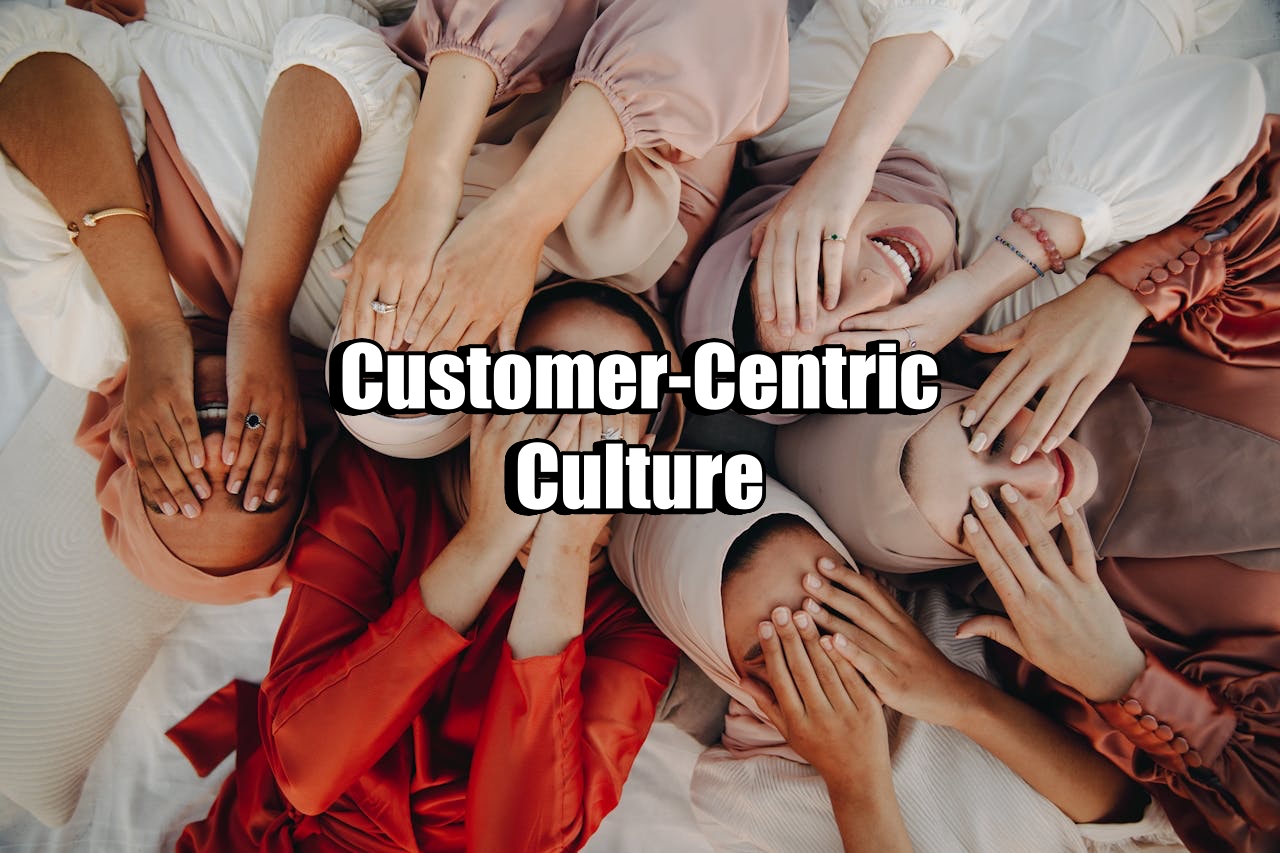How to Build a Customer-Centric Culture
In today’s competitive marketplace, customer expectations are higher than ever. Businesses that consistently prioritize their customers not only build stronger loyalty but also outperform competitors. But what does it really mean to build a customer-centric culture—and how can your organization do it effectively?
1. Start from the Top
Leadership must set the tone. A customer-first mindset should be modeled by executives and managers at every level. When leadership demonstrates genuine commitment to customer satisfaction, it encourages employees to follow suit.
2. Empower Your Employees
Your front-line teams are your most powerful brand ambassadors. Empower them to make decisions that benefit the customer—even if it means bending the rules. Provide training and autonomy so they feel trusted to go the extra mile.
3. Make the Customer Voice Heard
Regularly collect and share customer feedback across all departments—not just customer service. Use surveys, reviews, and social listening to understand pain points and uncover opportunities. Ensure this feedback drives change in processes, products, and services.
4. Align Metrics with Customer Outcomes
Too often, companies focus solely on internal KPIs. Shift toward metrics that reflect customer success—like Net Promoter Score (NPS), Customer Satisfaction (CSAT), or Customer Lifetime Value (CLV). Celebrate wins that reflect genuine impact on customers.
5. Break Down Silos
A customer-centric culture requires collaboration. Marketing, sales, support, and product teams should share insights and goals. When departments work together, the customer journey becomes smoother and more cohesive.
6. Hire with the Customer in Mind
Culture starts with people. During hiring, look for candidates who show empathy, problem-solving skills, and a service-oriented mindset. Onboarding should include training on customer values and expectations.
7. Keep Improving
Customer needs evolve—your culture should too. Encourage innovation, experiment with new approaches, and be open to change. A truly customer-centric organization is never “done”; it’s always listening, learning, and adapting.
Final Thoughts
Building a customer-centric culture isn’t about quick fixes. It’s a long-term commitment that must be woven into your company’s DNA. When customers feel heard, valued, and respected, they’ll return the favor—with loyalty, advocacy, and long-term business.

No responses yet